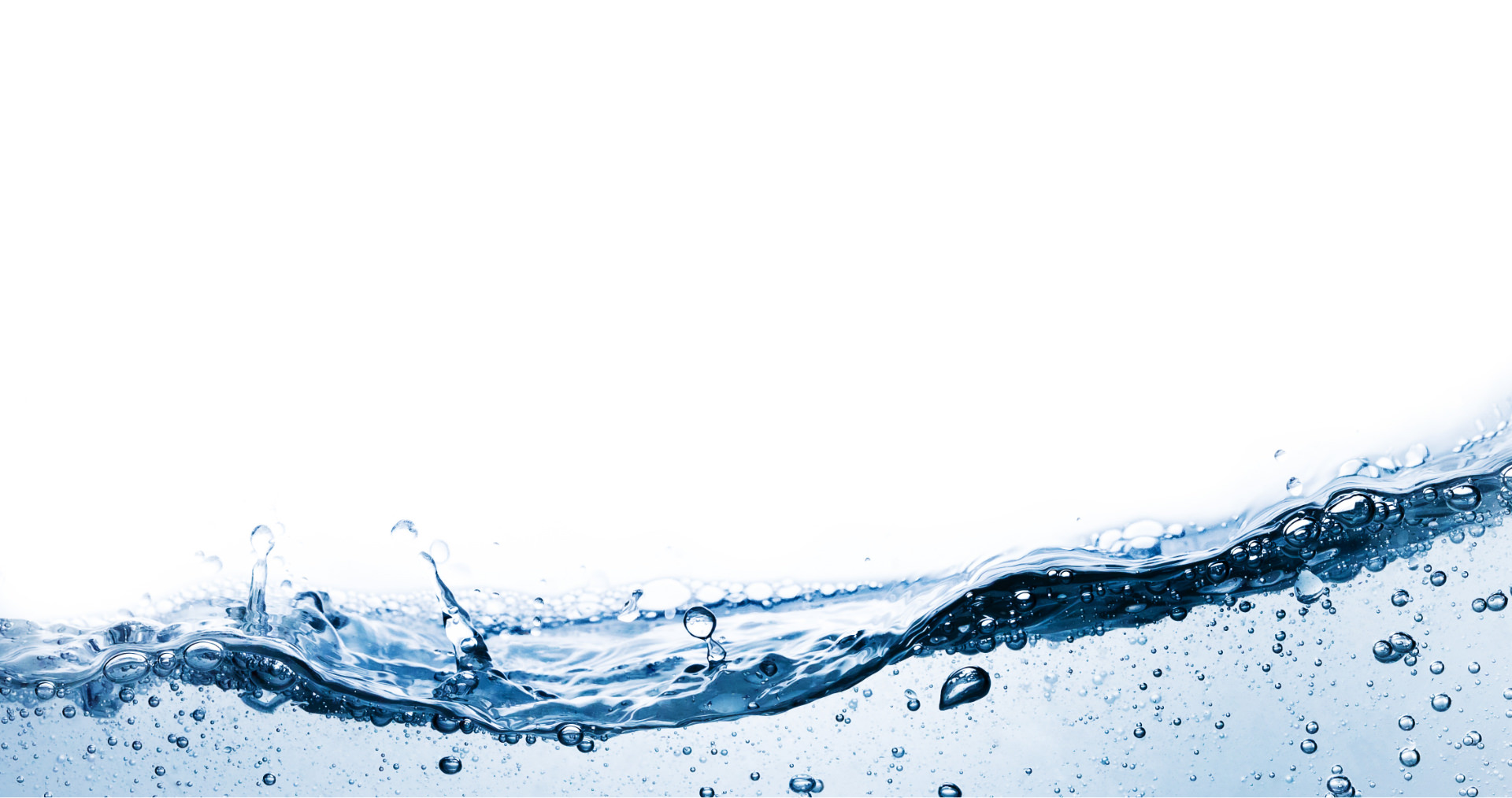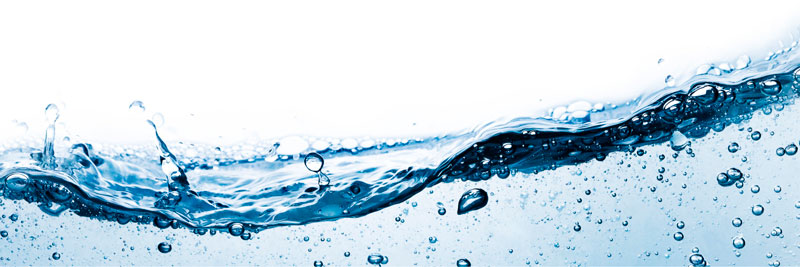Rubber expansion joints have streamlined arch contours in order to reduce pressure drop (resistance coefficient ζ), turbulence and flow losses. In most cases it is possible to use them without an additional flow liner. This is only needed for abrasive media and for flow speeds of more than 5 m/s. The expansion joint bellows should then be fully protected by the flow liner. The sleeve extends through the bore of the expansion joint with a full faced flange on one end. It is constructed of metal, fluoroplastic or GRP.
Bellows Resistance Coefficient ζ



